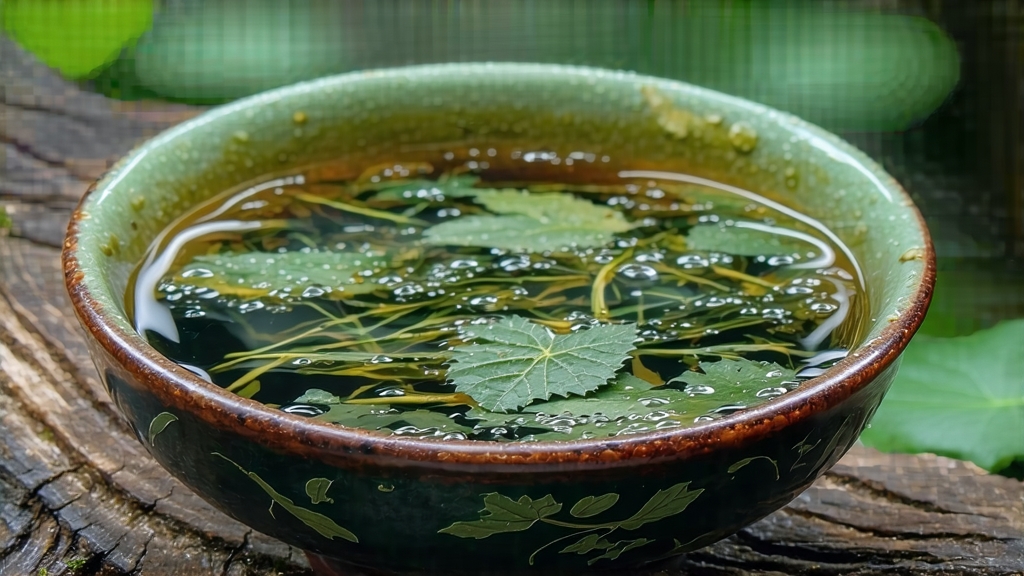
If green tea is the youthful scholar of Chinese teas and pu-erh the venerable sage, then Tie Guan Yin sits between them as a meditative poet—graceful, complex, and quietly powerful. Known in the West as “Iron Goddess of Mercy,” this oolong from southern Fujian’s Anxi County has enchanted emperors, fueled sea trade, and lately inspired third-wave cafés from Brooklyn to Berlin. To understand China’s tea imagination, one must listen to the story told by a single, jade-green leaf of Tie Guan Yin.
Historical roots weave through three intertwining legends. The oldest speaks of a devout farmer named Wei Yin who, every morning, offered incense to a weather-worn iron statue of Guan Yin, the Bodhisattva of Compassion. One night in 1725, the goddess appeared in a dream, guiding him to a hidden shrub behind a cave. Wei cultivated the plant, crafted its leaves with extraordinary care, and shared the tea with villagers who felt a strange calm descend—hence “Tie Guan Yin,” the Iron Goddess. A second tale credits the scholar Wang Shirang, who discovered the same cultivar during the Yongzheng reign and presented it to the emperor; its floral aroma allegedly lingered in the palace for days. A third, more pragmatic version notes that Anxi monks had been selecting and hybridizing local tea trees since the Song dynasty, and the name simply honors the iron-colored density of roasted finished leaves. Whatever the truth, by the late Qing the tea rode clipper ships to Southeast Asia and later to London auction rooms, where Victorian tasters coined the spelling “Tie-Gwan-Yin” and praised its “natural bergamot nose.”
Botanically, Tie Guan Yin belongs to the Camellia sinensis var. sinensis species, but within Anxi it has diverged into two main lineages. The traditional “Hong Xin Wei” (Red Heart) cultivar possesses a burgundy-colored shoot tip and produces the classical orchid fragrance, while the newer “Lv Xin Wei” (Green Heart) yields a lighter, geranium-like bouquet and tolerates higher elevations. Microclimates further subdivide the county into five celebrated townships—Xiping, Gande, Longjuan, Huqiu, and Gao’an—each offering distinct mineral water profiles and diurnal temperature swings that coax different aromatics from the same genetic stock. Xiping, cradled between misty granite peaks, is regarded as the spiritual “core origin,” much like Champagne in France.
Crafting Tie Guan Yin is a choreography of timing and temperature that unfolds over two days and one night, a process locals call “making the green, making the red.” Picking begins at dawn when two leaves and a bud are still taut with overnight dew; any later and the sun’s energy converts leaf sugars too rapidly, flattening later infusions. The harvested shoots are spread on bamboo trays to wilt under gentle shade for two hours, initiating enzymatic oxidation. Then comes the critical yaoqing—“rocking the green.” Workers toss the leaves into the air and let them land on the tray’s slats; bruising the edges ruptures cells and exposes catechins to oxygen, turning the rim a russet bronze while the center stays jade. This step is repeated every hour through the afternoon, the tea master judging readiness by the sound of rustling leaves (a crisp whisper signals ideal oxidation) and by their evolving scent, which moves from cut grass to peach skin to a haunting floral note locals describe as “yunqi,” cloud-borne aroma.
When the edges have oxidized roughly 30 %—halfway between green and black—the leaves are flash-heated in a 280 °C drum for ninety seconds to halt oxidation, a step called “killing the green.” Next, they are wrapped in square cloth bundles and rolled under mechanical pressure that twists each leaf into the signature hemispherical “dragonfly head” shape. A sequence of low-temperature baking cycles follows, each lasting twenty minutes and separated by half-hour rests; the master adjusts charcoal embers by scent alone, seeking a balance where floral volatiles are preserved yet moisture falls below 4 %. Modern producers sometimes substitute electric ovens, but village cuppers insist that only longan-wood charcoal imparts a subtle honey echo. The finished maocha is then sorted, stemmed, and given a final “refining bake” whose intensity determines style: a light 60 °C bake yields the contemporary “qing xiang” (fresh aroma) profile prized in Shanghai cafés, whereas a deeper 120 °